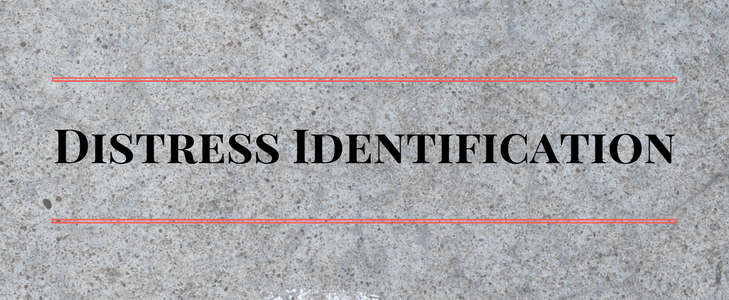Distress Identification
Before attempting any repair procedure it is necessary to have a planned approach to investigate the condition of concrete and reinforcement. While the diagnosis of damage or deterioration in some cases is reasonably straightforward, it may not be so in many cases. Particularly difficult are cases in which the cause and effect phenomenon cannot be readily explained or when prognosis in terms of long-term performance of restored structure is to be made
This will require a thorough technical inspection and an understanding of the behaviour of the structural component, which is being repaired. Inspection calls for detailed mapping of affected areas, documentation of type and location of symptoms and their history and photographic evidences. It may also include the environmental factors, which are likely to accelerate the damage process. Existence of concealed ducts, water lines, wet areas require special attention. Some areas impose severe limitations on access to damaged areas. A comprehensive inspection data helps in making an effective strategy for repair and rehabilitation.
Non-destructive evaluation (NDE) of concrete and components are well known and extensively used. While they are very good tools for establishing quality levels in new constructions, applying these techniques to damaged structures requires certain level of experience and understanding of limitations of these methods. Solving the problem successfully is entirely dependent on the ability of a team of experts engaged to do this job. Both field and laboratory tests are available. It is important to select the appropriate Non Destructive Evaluation (NDE) techniques and location of investigation. This is a specialized job and requires sophisticated instruments and trained personnel. A single technique may not be adequate and a combination of techniques has to be adopted to get a truly representative data on the condition of the building.
Concrete normally provides excellent protection to reinforcing steel. Notwithstanding this, a large number of cases have been reported in which corrosion of reinforcement has caused damage to concrete structures within a few years from the time of construction. One of the most difficult problems in repairing a reinforced concrete element is to handle corrosion damage. Reinforcement corrosion caused by carbonation is arrested to a great extent through repairs executed in a sound manner. However, the treatment of chloride-induced corrosion is more difficult and more often the problem continues even after extensive repairs have been carried out. It invariably re-occurs in a short period of time. Repairing reinforcement corrosion involves a number of steps, namely, removal of carbonated concrete, cleaning of reinforcement, application of protection coat, making good the reduced steel area, applying bond coat and cover replacement. Each step has to be executed with utmost care. When chlorides are present in concrete, it is extremely difficult to protect reinforcing steel from chloride attack, particularly in cases where chlorides have entered through materials used in construction and residing in the hardened concrete. For such cases, new technologies are available which require specialists to execute the job.
